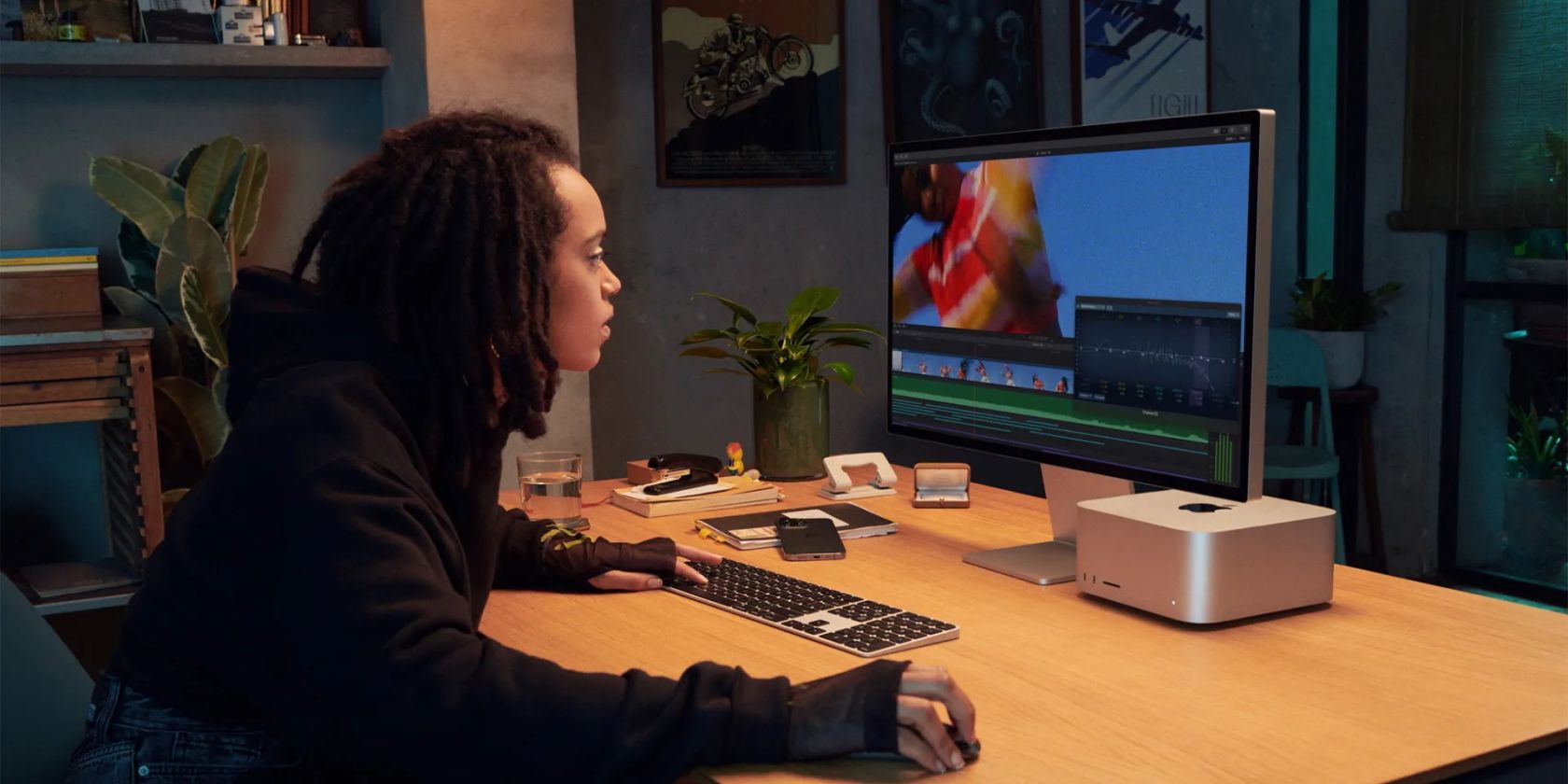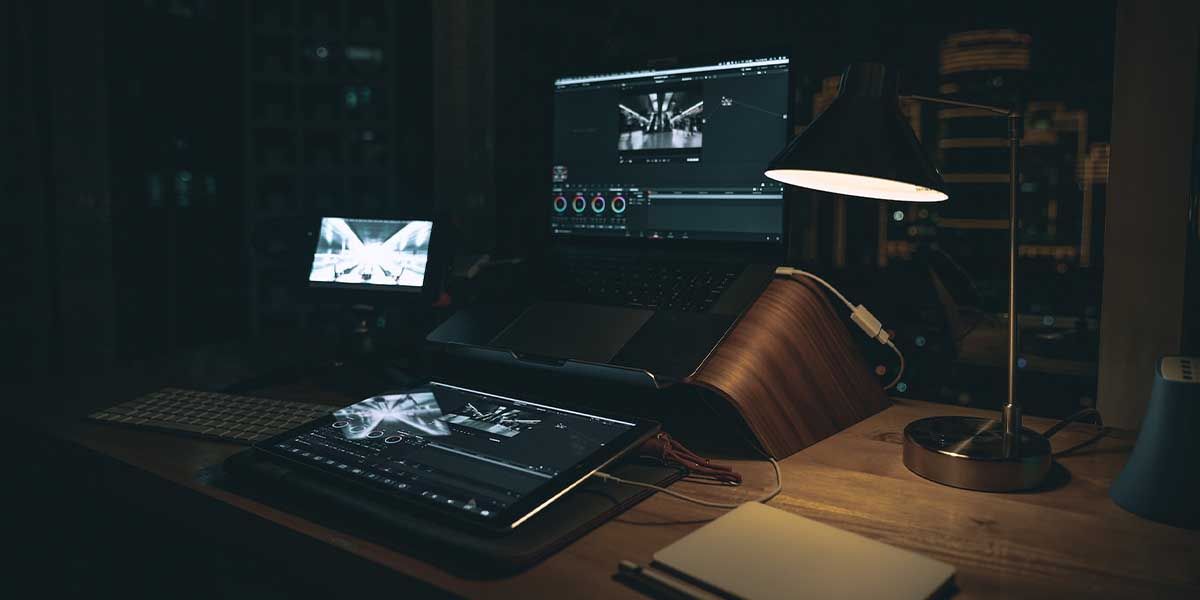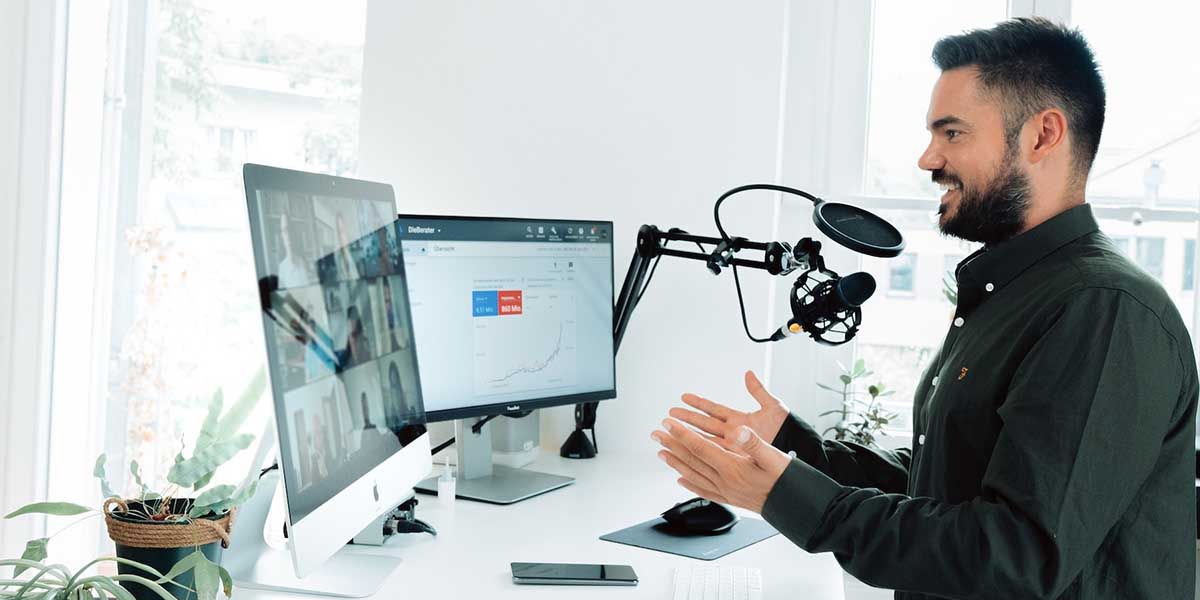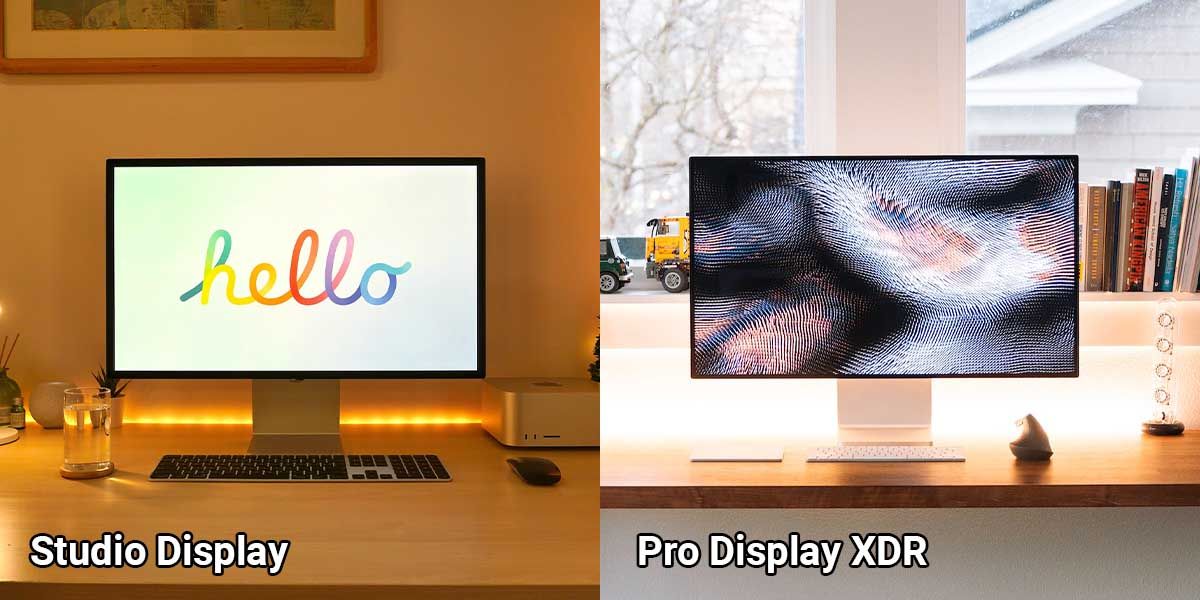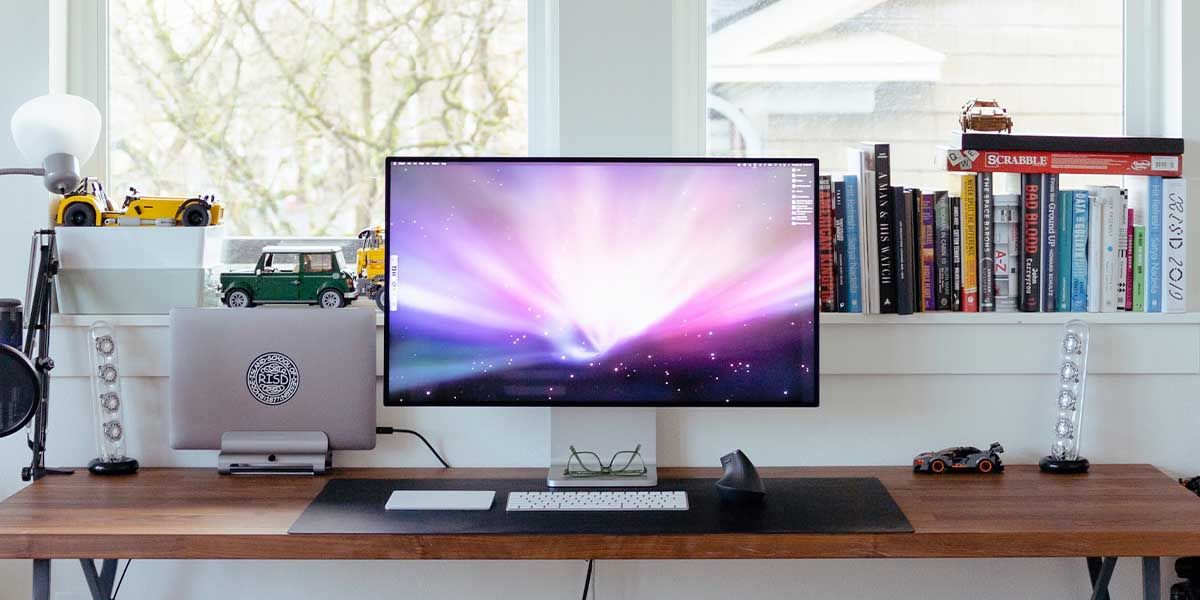Apple has been getting quite a lot of heat since releasing the Studio Display in March 2022. For the most part, the backlash and criticism seem justifiable: the monitor starts at $1,599 and offers nothing more than competing options at lower price points.
However, if we look at the broader picture of what Mac users always wanted, we can say Apple has delivered. So, instead of focusing on what the monitor doesn't offer, we'll discuss the top seven reasons to buy Apple's expensive Studio Display.
1. Display Quality
What's the first reason for anyone to buy an expensive monitor? A high-quality display. In that aspect, Apple's Studio Display checks most of the boxes—a 5K (5120x2880) 27-inch Retina panel, P3 color, True Tone, 60Hz refresh rate, and a 600 nits brightness.
The resolution of this monitor and the color accuracy alone makes it perfect for creative use. Even its competitor, LG UltraFine 5K, can't compete with the Retina panel, True Tone, and 600 nits of brightness (it only has 500). If anything, the LG UltraFine 5K is only $300 cheaper.
So, $1,300 of the $1,600 are already kind of justified. For the remaining $300, the Studio Display still offers enough to justify the price tag.
2. Color Consistency
Color accuracy and consistency across all Apple devices are one of the main reasons to buy the Studio Display. Firstly, the monitor is highly color accurate, just like what you'd expect from Apple.
Secondly, it comes color-graded out of the box, so you don't have to worry about matching your display to your MacBook (and other Apple products you may be using).
This second quality of the Studio Display, in particular, is excellent for creative professionals who have to spend too much time making adjustments to their monitors to match them with their MacBooks, iPads, and iPhones.
3. Standout Hardware
The Studio Display comes loaded with speakers, a camera, and a microphone, which most competing options don't have. More importantly, these hardware components are powered by a dedicated A13 Bionic chip to unlock unique features like Center Stage and Spatial Audio, which is one of the best qualities of this monitor.
Speakers
The jewel in the Studio Display's crown is its six-speaker setup. The audio from the speakers is loud, deep, punchy, and clear, which we never get on a computer monitor. This means you don't have to spend money on external speakers as you would if you purchased a competing monitor like the LG Ultrafine 5K.
Tech YouTubers like MKBHD, Nilay Patel, and Jerry Schulze have all praised the speakers, calling them the best built-in speakers they've ever heard. Even better than the speakers in the MacBook Pro.
Microphone
Similar to the speakers, the three-array microphone is also fantastic. It records just as well as any high-quality built-in microphone and is great for video/audio calls and light voiceover with noise cancellation features.
Most tech reviewers commented that you'd only need an external microphone if you want to record podcasts.
Webcam
Studio Display's webcam has been criticized a lot, mainly because it uses the same combo of a 12 MP lens and A13 Bionic chip as the iPhone 11 but delivers significantly poor results. According to Max Tech, Apple has addressed this software issue through a firmware update.
But overall, the camera is OK enough for regular video conferencing and better than most integrated webcams you find on laptops. It supports the new Center Stage feature—which doesn't work if you're using a Windows PC—so that's a plus. And, since it's built-in, it has two benefits: one, you don't have to buy an external webcam, and two, it declutters your setup.
4. Similar Design to Pro Display XDR
Sure, LG UltraFine 5K, Samsung M8 Smart Monitor, and ASUS ProArt Display are all monitors with a beautiful chassis. But when it comes to product design and engineering, Apple leads the way.
The Studio Display has an all-aluminum chassis, with perforated holes at the top (for ventilation) and bottom (for speakers). Its edges are squarer and overall minimal—similar to the Pro Display XDR, except for the bezels, size, and price tag.
The monitor design is so clean that most minimalistic setup lovers would go with it, regardless of the high price tag, just to add that minimal Apple aesthetic to their workspace.
5. Apple's Build Quality
When it comes to sturdiness, the Studio Display is absolutely unshakeable due to the high-quality aluminum chassis. Compared to this, almost all other monitors (and its fierce rival, the LG UltraFine 5K) are all-plastic, super-shaky monitors.
The sturdiness is not only due to the aluminum body but also to Apple's famous high-quality build. Studio Display's stands (tilt-adjustable and tilt- and height-adjustable ones) are very rigid and well-made. You don't have to hold the base of the stand to adjust the tilt or the height of the monitor—you can do it with a single hand.
Moreover, the monitor doesn't shake a bit when you make any adjustments, unlike all its competitors. Due to this high-quality build, you can expect the monitor to last a very long time.
6. Cross-Device Compatibility
The way Apple devices seamlessly integrate and communicate with each other is always one of the main reasons why people love Apple products so much. The same applies to the Studio Display as well.
The fact that the monitor doesn't have any physical buttons (for turning it off, adjusting brightness or screen colors, etc.) makes it clear that it's designed to work well with Apple devices only. And so it does.
For instance, you can use the brightness and volume keys on your Mac's keyboard to adjust the brightness setting and loudness of your Studio Display. Pretty convenient for Mac users, right?
7. Targets a Niche Market
The curious case of Apple Studio Display boils down to one thing: it's just a niche product for a niche audience. Apple doesn't always make products for everyone—although many people buy them as luxury items and status symbols. The company's high-end products often solve specific problems for a specific set of users, provided they can pay the price tag Apple demands.
YouTuber Tausif Hussain gave perhaps the simplest explanation for Apple Studio Display. Since all tech products have gotten so well nowadays and are similar in what they do, it all comes down to the intangible: the experience.
So, if you're looking for a specific mood, experience, and satisfaction, that's what you'll need to pay for. And in that aspect, the Apple Studio is not a bad deal.
Are You Buying the Studio Display?
It's easy to say that Apple's Studio Display isn't a good deal purely because you can get a much cheaper display with the same (or better) specifications. Where this monitor really stands out is its combination of features, build quality, design, multimedia, and a relatively (compared to the Pro Display XDR) affordable Apple monitor for users with an all-Apple setup.
But, of course, to truly understand if the Studio Display suits your use case or not, it's also important to look at the downsides—other than the price. If, for example, you're in the video editing field, the absence of HDR, 120Hz ProMotion technology, and Mini-LED backlighting might be a deal-breaker.

